**”Creating a Home Gym for Functional Training: Essential Equipment and Layout Tips for Maximizing Workout Efficiency”**
# Creating a Home Gym for Functional Training: Essential Equipment and Layout Tips for Maximizing Workout Efficiency
In recent years, the concept of functional training has gained significant traction, emphasizing exercises that mimic real-life movements to improve strength, balance, and flexibility. With the rise of remote work and the ever-busy lifestyle, creating a home gym tailored for functional training has become increasingly appealing. Not only does it save time and money, but it also allows you to work out in a comfortable and personalized environment. In this blog post, we’ll explore essential equipment, layout tips, nutrition advice, and the myriad health benefits of establishing a functional training space in your home.
## Understanding Functional Training
Functional training focuses on exercises that enhance your ability to perform daily activities. Unlike traditional weightlifting, which often isolates specific muscle groups, functional training incorporates multiple muscle groups and emphasizes core stability, balance, and coordination. Movements such as squats, lunges, and rotational exercises are at the heart of this training style, making it both practical and effective for improving overall fitness.
## Essential Equipment for a Home Gym
### 1. Resistance Bands
Resistance bands are versatile, affordable, and perfect for functional training. They come in various resistance levels and can be used for a wide range of exercises, such as squats, shoulder presses, and core workouts. Their portability makes them an excellent choice for a home gym, as they can be easily stored and used in small spaces.
### 2. Dumbbells or Kettlebells
Both dumbbells and kettlebells are excellent tools for functional training. They allow for a variety of movements that can mimic daily activities, such as lifting groceries or pushing a cart. Start with a moderate weight that allows you to maintain proper form while progressively increasing the load as you gain strength.
### 3. Stability Ball
A stability ball is not just for balance exercises; it can also be used for core workouts and as an alternative to a bench for strength training. Incorporating a stability ball can enhance your core engagement and improve overall stability, which is crucial for functional movement.
### 4. Foam Roller
While not a traditional workout tool, a foam roller plays an essential role in recovery and injury prevention. Using a foam roller can help alleviate muscle soreness and improve flexibility, making it an indispensable part of your functional training routine.
### 5. Adjustable Bench
An adjustable bench allows for various exercises, including bench presses, step-ups, and tricep dips. It can be used at different angles to target different muscle groups, making it a versatile addition to your home gym.
## Layout Tips for Your Home Gym
### 1. Designate a Space
Choose a dedicated area in your home for your gym, whether it’s a spare room, a corner of your living room, or even your garage. Ensure it’s well-ventilated and has enough space to accommodate your equipment and allow for movement.
### 2. Optimize Floor Space
Functional training often requires room for movement. Keep your floor space clear and organized, ensuring you have enough room to perform exercises like lunges or burpees. Consider using mats for comfort and grip.
### 3. Create Zones
If space allows, create specific zones for different types of training. For example, one area can be designated for strength training with weights, while another can focus on flexibility and balance with your stability ball and foam roller.
### 4. Ensure Accessibility
Place your equipment in an easily accessible manner. Frequently used items like resistance bands and dumbbells should be within reach, while less frequently used items can be stored away.
## Nutrition Tips to Complement Your Training
Incorporating a well-rounded nutrition plan is essential to support your functional training goals. Here are some tips to consider:
– **Hydration**: Stay hydrated before, during, and after workouts. Water helps maintain energy levels and aids recovery.
– **Balanced Meals**: Focus on whole foods, including lean proteins, healthy fats, and complex carbohydrates. Foods like chicken, fish, quinoa, nuts, and plenty of vegetables will provide the nutrients needed for recovery and muscle growth.
– **Pre-Workout Snacks**: Eating a small snack rich in carbohydrates and protein about 30 minutes before your workout can provide an energy boost. Consider options like a banana with nut butter or a yogurt with berries.
## Health Benefits of Functional Training
Engaging in functional training offers numerous health benefits beyond just physical fitness:
– **Enhanced Daily Functionality**: Improved strength, balance, and coordination translate to better performance in everyday tasks, reducing the risk of injury.
– **Core Stability**: Functional training emphasizes core engagement, which is vital for maintaining good posture and preventing lower back pain.
– **Improved Flexibility and Mobility**: Many functional exercises involve a full range of motion, promoting flexibility and mobility, which can be particularly beneficial as you age.
– **Boosted Mental Health**: Exercise, including functional training, releases endorphins, which can improve mood and reduce stress.
## Conclusion
Creating a home gym for functional training can be a rewarding and effective investment in your health and fitness journey. By carefully selecting essential equipment, optimizing your gym layout, and incorporating nutrition tips, you can maximize your workout efficiency and enjoy the numerous benefits of functional training. Whether you’re a seasoned athlete or just starting, a well-structured home gym can empower you to achieve your fitness goals and enhance your overall quality of life. So roll out that mat, grab those dumbbells, and get ready to transform your home into a functional training haven!
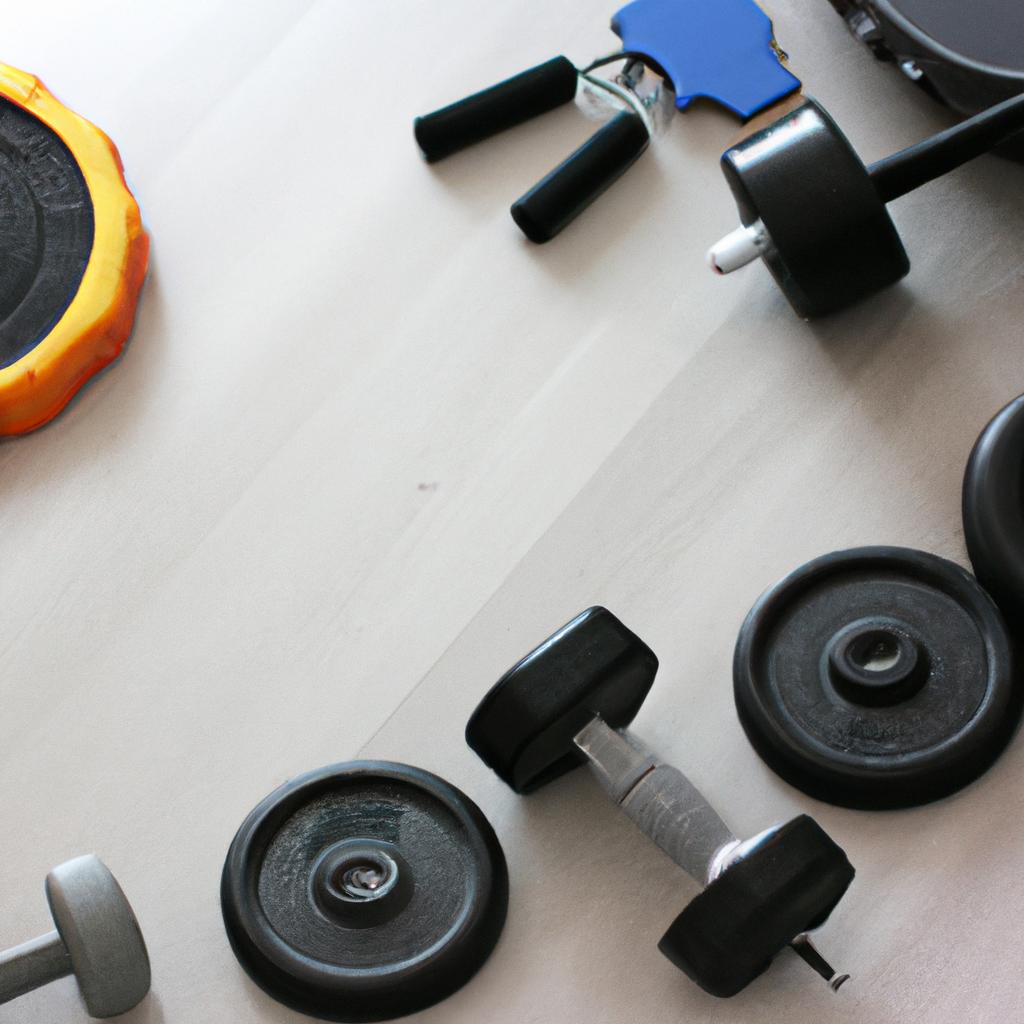

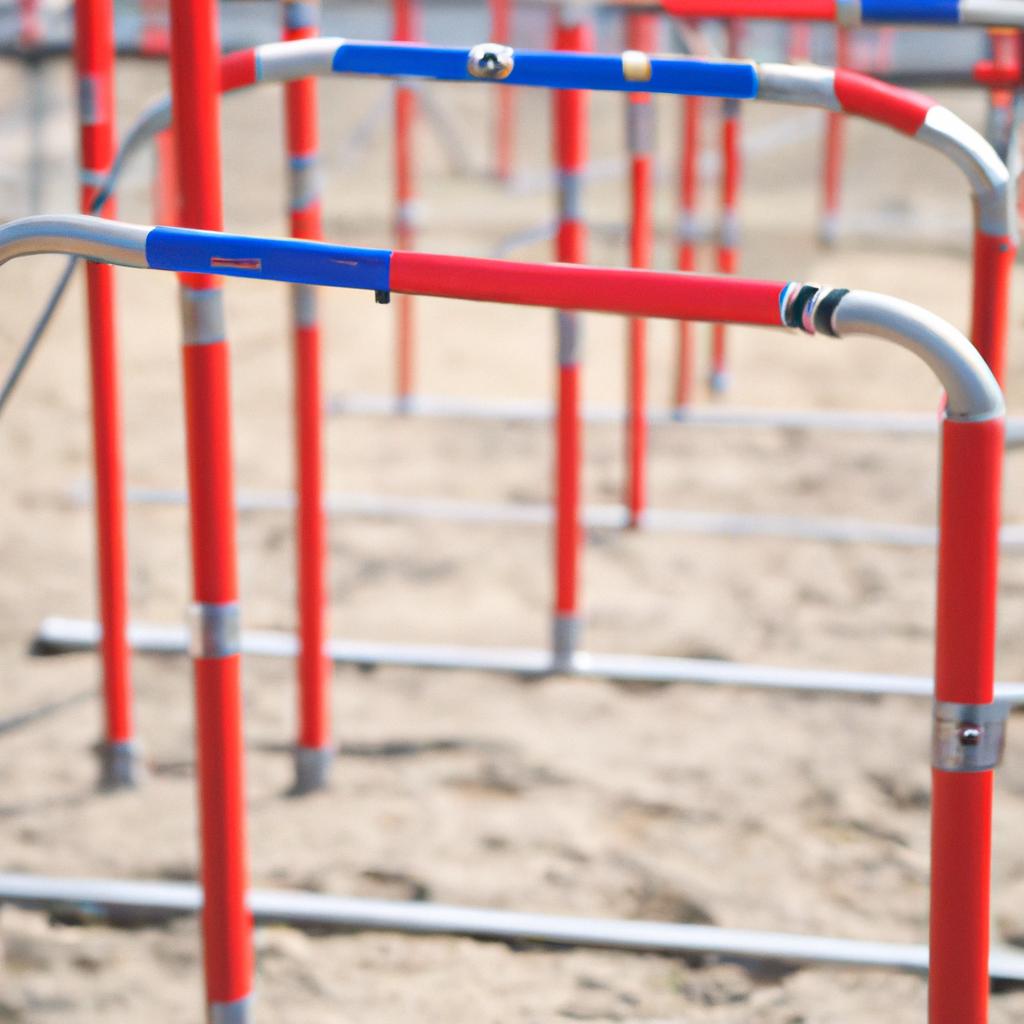

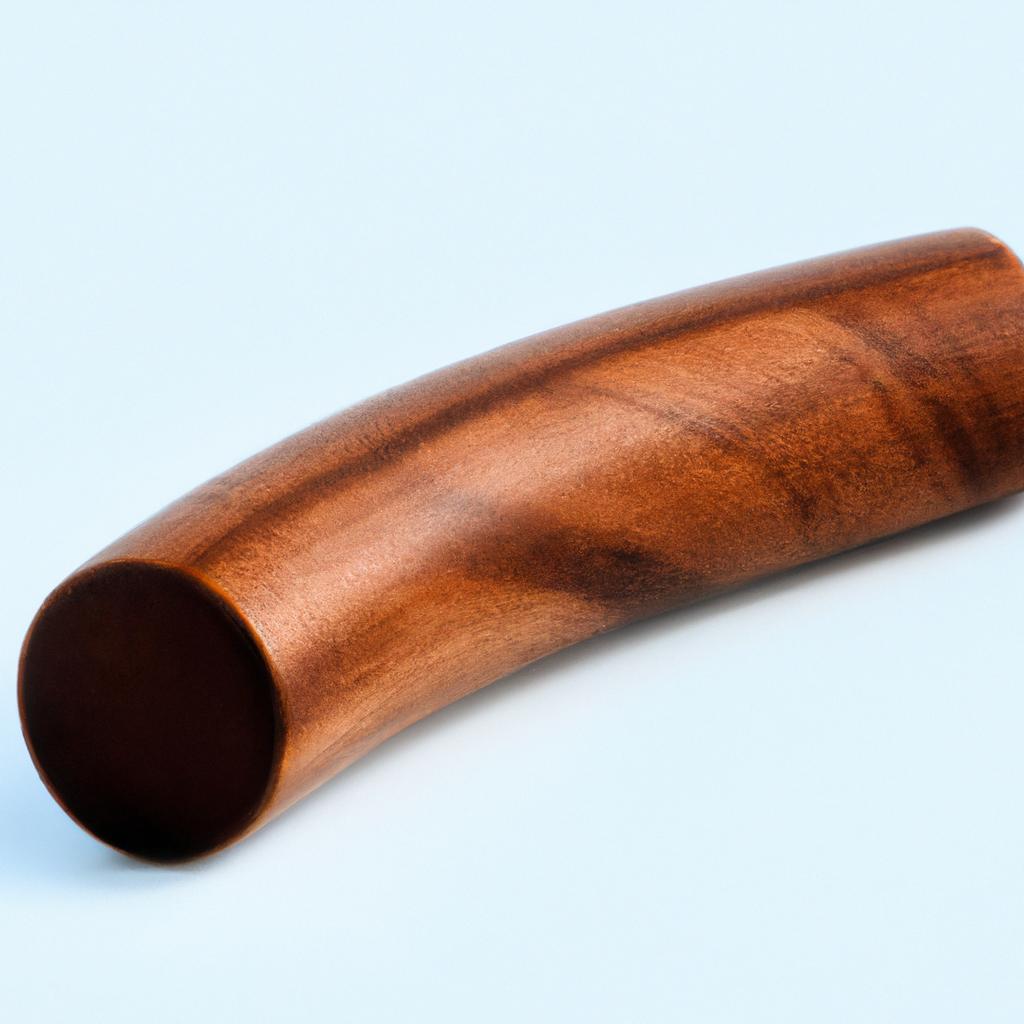

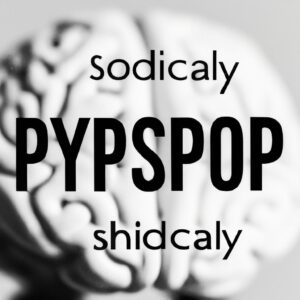
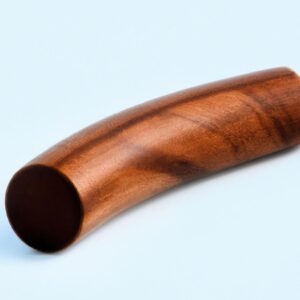
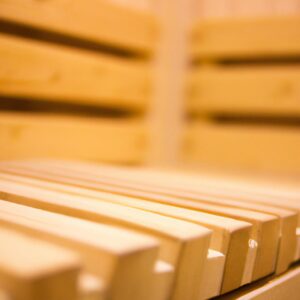


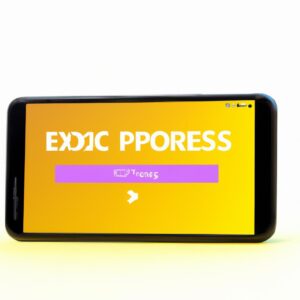


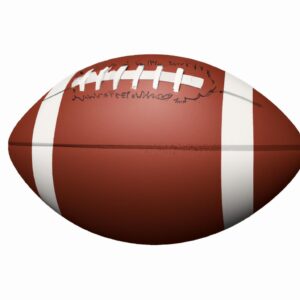
Post Comment